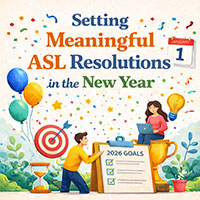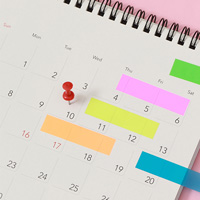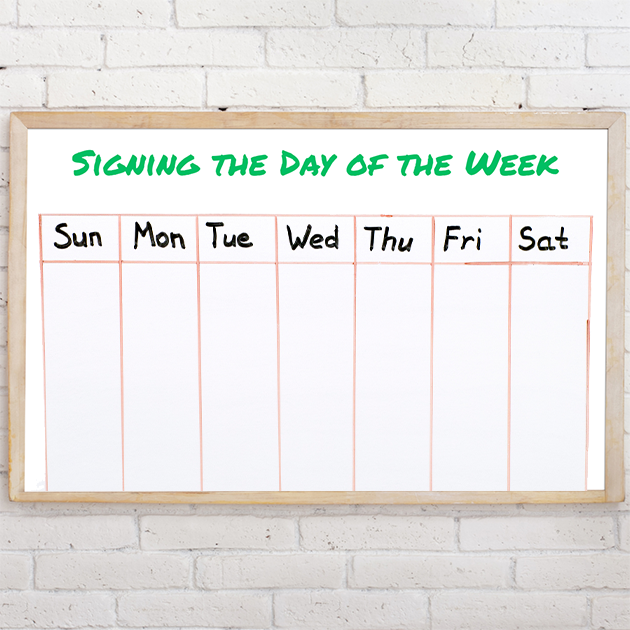An ASL Dictionary
Signing Savvy is a sign language dictionary containing several thousand high resolution videos of American Sign Language (ASL) signs, fingerspelled words, and other common signs used within the United States and Canada.And Much More!
Signing Savvy is an ideal resource to use while you learn sign language. It includes the ability to view signs, build word lists and share them with others, create digital flash cards and quizzes, view ASL sentences, get tutoring, ...and moreSign of the Day - ALL THUMBS

Setting Meaningful ASL Resolutions in the New Year
The start of a new year often brings a renewed sense of intention. Many of us think about goals, resolutions, and the changes we want to make, both big and small. Language learning is a goal that shows up again and again, and for good reason. It opens doors to connection, understanding, and inclusion.
If learning American Sign Language is one of your goals this year, you are already moving in a meaningful direction.
Signing Resolution: A Goal
American Sign Language is focused on signing meaning. To sign "resolution", as in a goal you want to work toward, you would use the sign for GOAL.
To sign GOAL, start with your dominant hand near your forehead in the 1 handshape. Then point it toward your non-dominant hand, which is in front of your body, slightly above your head, also in the 1 handshape. Think about aiming toward your goal with purpose and intention. That is exactly how language learning works.
Language grows through use, repetition, and time.
ASL is not something you finish. It is something you build.
Why Small Daily Practice Works
Research on language learning consistently shows that short, regular practice is more effective than long, infrequent study sessions. Even just a few minutes a day helps strengthen memory, improve recall, and build confidence over time.
In other words, learning a little every day really does add up.
That might look like:
-
Looking up a sign when you need it
-
Watching how a sign is used in a full sentence
-
Practicing fingerspelling names
-
Signing during everyday routines with your children
These small moments create momentum.
Rethinking Resolutions
Many language resolutions are too big to be sustainable. Goals like “be fluent” or “learn everything” can feel motivating at first, but they often lead to frustration.
Instead, try goals that focus on consistency and confidence:
-
Learn a few new signs each week - our dictionary and word lists can help!
-
Practice fingerspelling a little every day - our Intro to Fingerspelling course and Fingerspelling tools can help!
-
Understand how signs work together in context - our signed sentences can help!
-
Sign more naturally with your child or family member - our ASL for Babies and Children course can help!
-
Work one-on-one with Deaf sign language experts through one-on-one teaching!
These goals are realistic, flexible, and powerful.
Support Makes a Difference
Another key factor in successful language learning is access to accurate resources and authentic language models. Learning from native ASL signers, seeing real ASL in context, and having tools you can return to again and again all help goals turn into habits.
Signing Savvy is proudly Deaf owned, CODA owned, Woman owned, and Educator owned, and our mission has always been to support learners with accurate, accessible ASL resources.
One Goal, One Sign at a Time
This year does not have to be about doing everything. It can simply be about doing something consistently and intentionally.
One goal. One sign at a time. 🤟
ADVERTISEMENTS
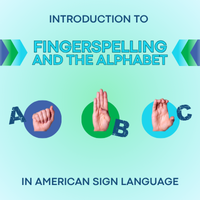 New Course: Intro to Fingerspelling and the Alphabet in American Sign Language
New Course: Intro to Fingerspelling and the Alphabet in American Sign Language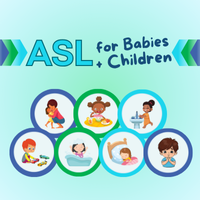 New Course: American Sign Language for Babies and Children
New Course: American Sign Language for Babies and Children

